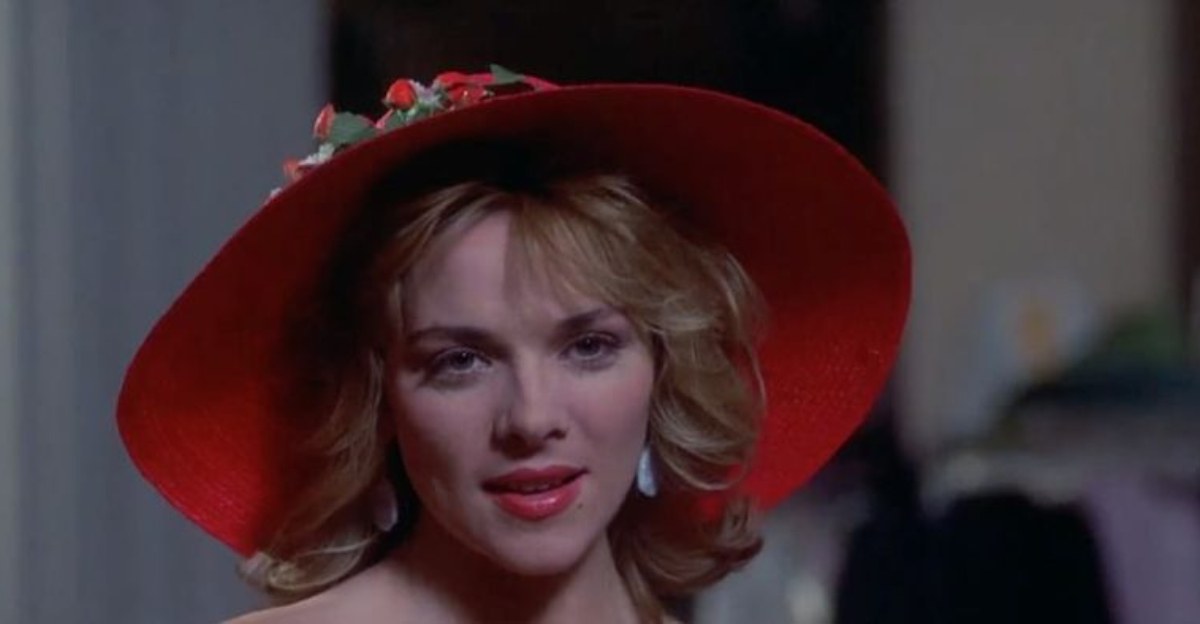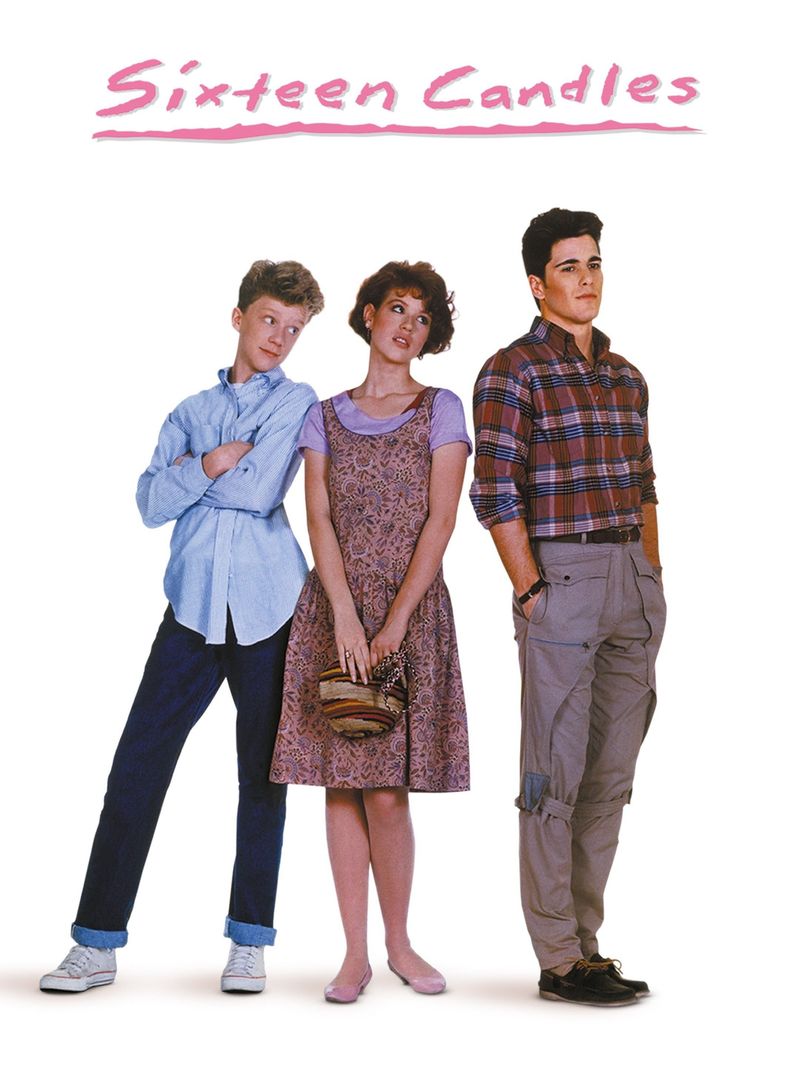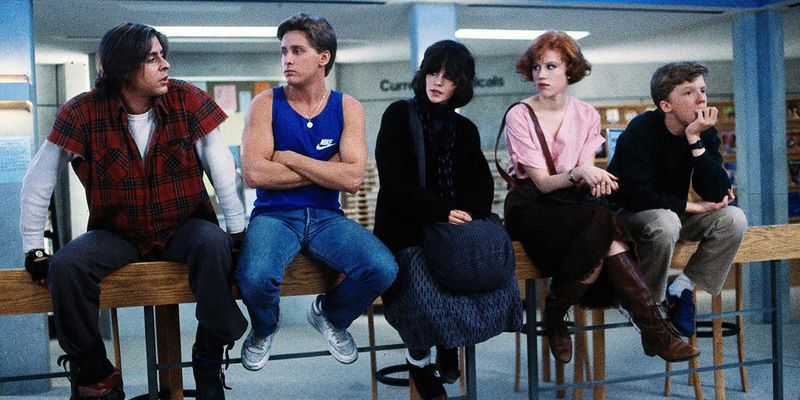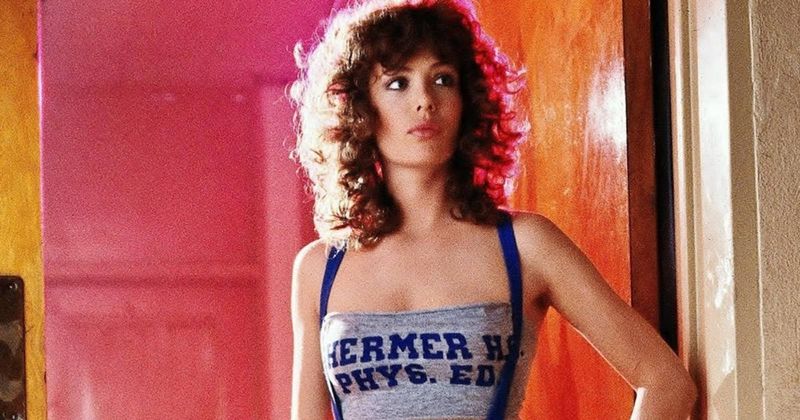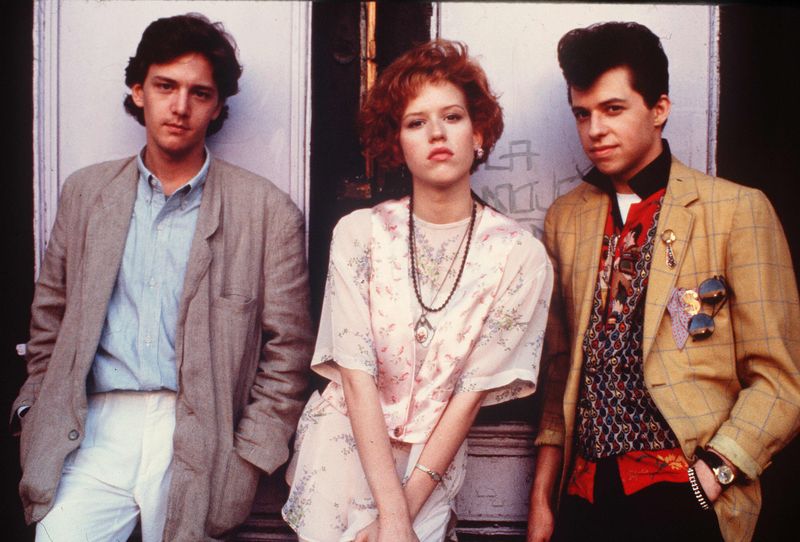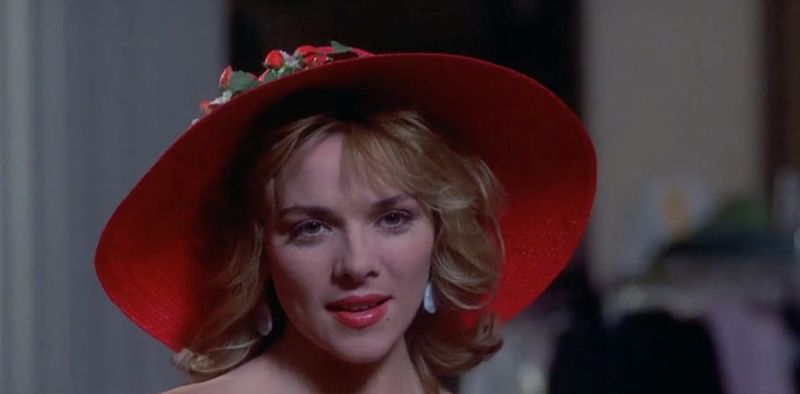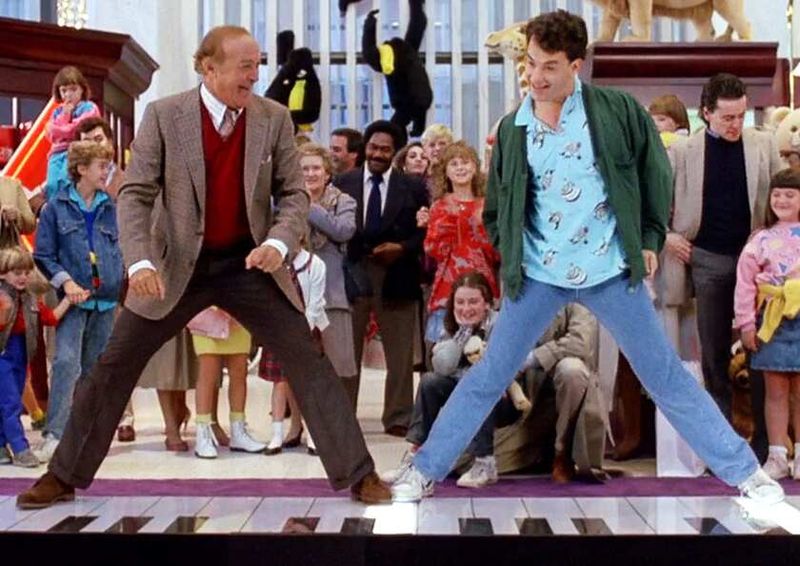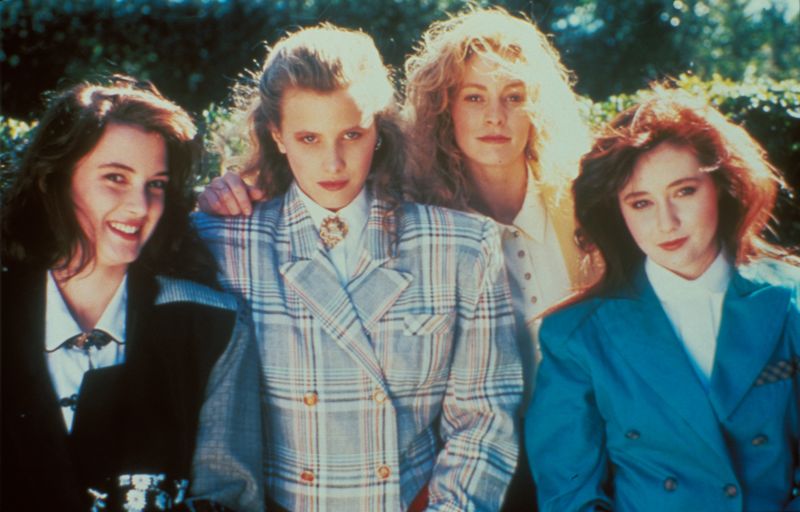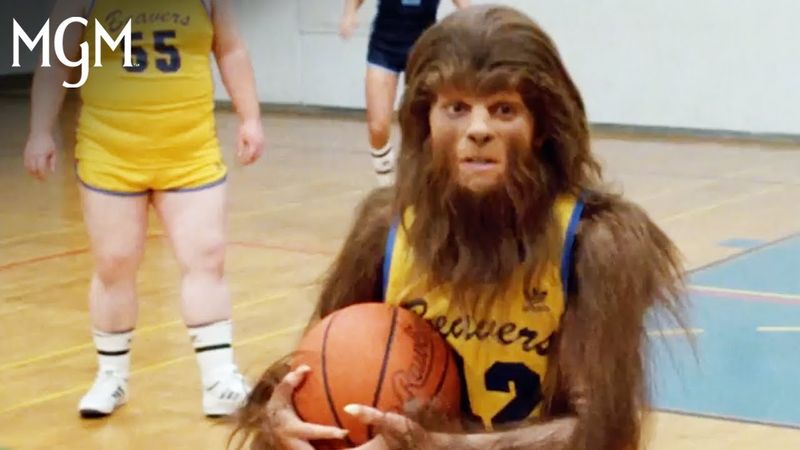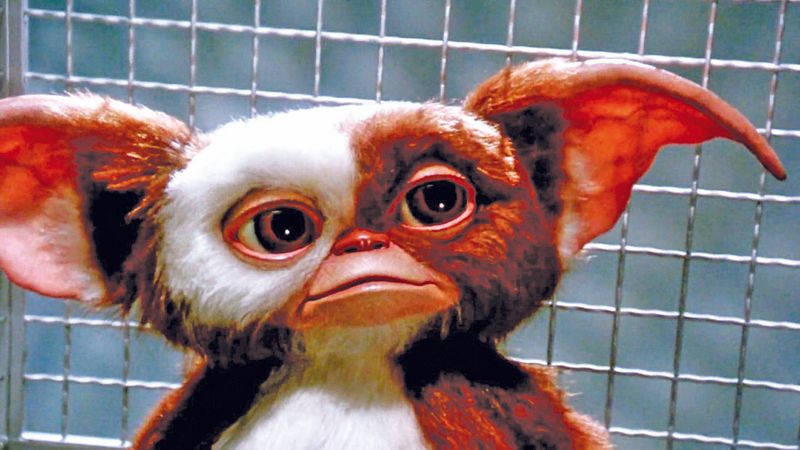The 1980s gave us some of the most iconic movies in history, but many of them haven’t aged well. What seemed harmless or even progressive back then often looks outdated or problematic through today’s cultural lens.
Movies from this era often featured stereotypes, questionable romantic storylines, and jokes that simply wouldn’t fly in modern filmmaking. Let’s look at 15 beloved ’80s classics that would need major rewrites if they were made today.
1. Sixteen Candles (1984)
Long Duk Dong would be the first character on the chopping block in any modern remake. This Asian exchange student character relies on painful stereotypes that would cause immediate backlash today. The film’s treatment of women is equally troubling.
Jake Ryan, our supposed heartthrob, essentially “trades” his drunk girlfriend to another character who takes advantage of her. Audiences in 2023 recognize this as sexual assault, not romantic comedy fodder.
A modern version would likely maintain the coming-of-age story but ditch the racism and casual misogyny that permeated the original. Molly Ringwald herself has acknowledged these problems in retrospective interviews.
2. Revenge of the Nerds (1984)
Remember that scene where a nerd disguises himself as a jock to sleep with a cheerleader? Today we call that sexual assault by deception. The film presents it as a charming victory for the underdog, which is deeply disturbing through a contemporary lens.
The nerds also install hidden cameras in a sorority house to spy on naked women. Rather than being arrested for this criminal behavior, it’s played for laughs as harmless pranking.
A modern rewrite would preserve the theme of outsiders finding their confidence but would eliminate the criminal behavior that’s framed as heroic. The revenge could focus on outsmarting bullies without crossing serious ethical lines.
3. The Breakfast Club (1985)
John Hughes captured teen angst brilliantly, but some elements of this classic haven’t aged well. Bender’s relentless sexual harassment of Claire would be recognized as predatory behavior today, not the foundation for romance.
The film’s handling of Allison’s transformation—where she becomes “pretty” by removing her gothic makeup and eccentric style—reinforces the harmful idea that girls must conform to conventional beauty standards to be accepted.
A contemporary version would likely maintain the powerful themes of teenage identity and adult hypocrisy but would incorporate more nuanced discussions of mental health, consent, and the value of authentic self-expression rather than conformity.
4. Weird Science (1985)
Two teenage boys literally create a woman to fulfill their fantasies—a premise that screams for a modern overhaul. Lisa exists solely to boost their confidence and serve their needs, lacking any agency of her own.
The film’s casual sexism extends beyond its central premise. Female characters are consistently objectified, while racial stereotypes (particularly with the character of Chet as a mutant) add another layer of cringe.
A contemporary remake might reimagine this as a cautionary tale about AI ethics and the dangers of creating technology without considering the moral implications. Rather than a wish-fulfillment fantasy, it could explore deeper questions about consciousness, consent, and the consequences of playing god.
5. Pretty in Pink (1986)
The class divide storyline remains relevant, but the romantic resolution feels forced by today’s standards. Andie chooses Blane—the rich guy who buckled under peer pressure and dumped her—over Duckie, her loyal friend.
Speaking of Duckie, his persistent pursuit of Andie despite her clear lack of interest would now be recognized as unhealthy obsession rather than endearing devotion. His character embodies the problematic “nice guy” trope that assumes male friendship should be rewarded with romantic love.
A modern version would likely give Andie more agency in her choices and career aspirations beyond simply getting the guy. It might also explore class inequality with more nuance rather than simply resolving it through a prom date.
6. Mannequin (1987)
A department store artist falls in love with a mannequin who comes to life only for him—a concept that raises serious consent questions. Emmy has no identity outside of Jonathan’s desires and exists primarily to inspire his creativity and satisfy his romantic needs.
The film’s portrayal of Hollywood, the flamboyant gay character, relies heavily on stereotypes that would be considered offensive caricatures today. His entire personality is reduced to exaggerated mannerisms played for laughs.
A contemporary version might reimagine Emmy as an AI or virtual being questioning her own existence, with themes exploring consciousness and autonomy. The relationship could evolve into a mutual partnership rather than the one-sided dynamic of the original.
7. Big (1988)
Tom Hanks charmed audiences as a 12-year-old in an adult body, but the romantic relationship between Josh and Susan raises serious ethical questions. Susan is unknowingly engaging with a child, a situation that would be handled with much greater caution today.
The corporate satire elements still work, but a modern version would need to address the power imbalance between Josh and his adult colleagues. His childlike perspective is presented as refreshing innovation rather than inexperience.
A contemporary remake would likely maintain the wish-fulfillment fantasy and commentary on losing childhood innocence. However, it would probably eliminate the romantic subplot entirely or reframe it to acknowledge the problematic implications.
8. Short Circuit (1986)
Fisher Stevens in brownface playing an Indian scientist named Ben Jabituya wouldn’t make it past the initial casting discussion today. This offensive portrayal relied on stereotypical accent and mannerisms that would immediately be recognized as racist caricature in modern filmmaking.
Beyond the casting issues, the film’s treatment of military technology and artificial intelligence feels simplistic by today’s standards. Johnny 5’s sudden sentience raises ethical questions that the movie largely glosses over in favor of comedy.
A modern version would cast an actual Indian actor and treat the character with cultural respect. It would also likely explore deeper questions about consciousness, military ethics, and the responsibilities humans have toward the intelligent machines they create.
9. Heathers (1988)
Dark comedy about teen murder suicide and school bombings hits differently in our post-Columbine world. What was edgy satire in 1988 would be considered deeply insensitive given the tragic reality of school violence today.
The film’s cavalier treatment of suicide, homophobia, and bullying—while intended as critique—lacks the nuance modern audiences would expect. J.D.’s character arc from troubled teen to homicidal mastermind would require much more careful handling.
A contemporary version (like the controversial TV adaptation that struggled to find its footing) would need to balance dark satire with genuine sensitivity toward mental health issues and school safety. The power dynamics and teen cruelty could remain, but with different methods of resolution.
10. Splash (1984)
Madison the mermaid is essentially kidnapped by scientists while Tom Hanks’ character must rescue her—a damsel-in-distress narrative that feels outdated. Her character lacks agency, defined primarily by her relationship to the male protagonist rather than her own desires.
The film treats Madison’s inability to speak English and unfamiliarity with human customs as childlike, creating an uncomfortable power dynamic. Allen teaches her about the world while she exists primarily as an exotic fantasy.
A modern remake would likely give Madison more agency and purpose beyond romance. Perhaps she’d be a mermaid scientist studying humans, creating a more balanced relationship. The environmental themes only hinted at in the original would take center stage in today’s climate-conscious world.
11. Teen Wolf (1985)
Michael J. Fox’s werewolf transformation served as a thinly veiled puberty metaphor, but the film’s handling of identity feels simplistic by today’s standards. Scott immediately uses his wolf abilities to gain popularity and athletic success rather than dealing with the deeper implications.
The casual homophobia—particularly from Scott’s friend Stiles who uses slurs throughout the film—would be immediately cut from any modern version. The movie’s treatment of female characters as prizes to be won wouldn’t fly either.
A contemporary Teen Wolf would likely focus more on themes of identity, acceptance, and the pressure to conform. Scott’s journey would involve embracing his authentic self rather than using his difference as a ticket to popularity.
12. Trading Places (1983)
Eddie Murphy and Dan Aykroyd delivered brilliant performances in this social experiment comedy, but several elements would require major updates. The blackface scene where Aykroyd disguises himself as a Jamaican pothead is indefensible by today’s standards.
Jamie Lee Curtis’s character, while smart and capable, is introduced as a sex worker whose body is repeatedly used for comedy. The film’s treatment of her profession lacks nuance and often veers into exploitation rather than empowerment.
A modern version could maintain the powerful commentary on class and privilege but would eliminate the racial caricatures and sexist elements. The experiment itself—wealthy men manipulating lives for a bet—could be explored with more explicit criticism of the billionaire class.
13. Working Girl (1988)
Tess McGill’s journey from secretary to executive still resonates, but certain aspects feel dated. The film’s vision of female empowerment often conflates success with adopting masculine business norms and traditional beauty standards.
The sexual politics of the workplace—from casual harassment to using relationships for advancement—would be addressed with more complexity today. Melanie Griffith’s character must transform her appearance (hair, makeup, clothing) to be taken seriously, reinforcing problematic beauty expectations.
A contemporary version would focus more explicitly on systemic barriers women face in corporate environments. Rather than individual transformation as the solution, it might explore collective action and structural change while maintaining the satisfying personal triumph at its core.
14. The Goonies (1985)
“Hey, you guys!” This beloved adventure still captivates audiences, but several elements would be handled differently today. Data’s character, while positively portrayed, relies on Asian stereotypes about intelligence and inventiveness without much cultural depth.
Chunk’s character is primarily defined by fat jokes and gluttony, with his weight used as constant comic relief. Sloth’s physical differences are also played for initial horror before his redemption, an approach that feels insensitive to disabilities.
A modern Goonies would maintain the thrilling treasure hunt and friendship themes but would feature a more naturally diverse cast without stereotypical characterization. The economic struggles driving the story—saving homes from development—remain relevant and would likely be emphasized even more in today’s housing crisis.
15. Gremlins (1984)
This horror-comedy classic introduced rules for Mogwai care that became instantly iconic, but certain elements haven’t aged well. The character of Mr. Wing relies on Oriental mysticism stereotypes, presenting Asian culture as exotic and mysterious rather than authentic.
Kate’s infamous monologue about her father dying in a chimney while dressed as Santa Claus represents a bizarre tonal shift that modern filmmaking would handle more carefully. The violence against the gremlins, while intended as cartoonish, sometimes feels gratuitously cruel.
A contemporary version would likely maintain the wonderful practical effects and creature designs while developing a more culturally respectful backstory for the Mogwai. The rules might be given scientific rather than mystical explanations, and greater moral complexity around the creatures’ right to exist.
